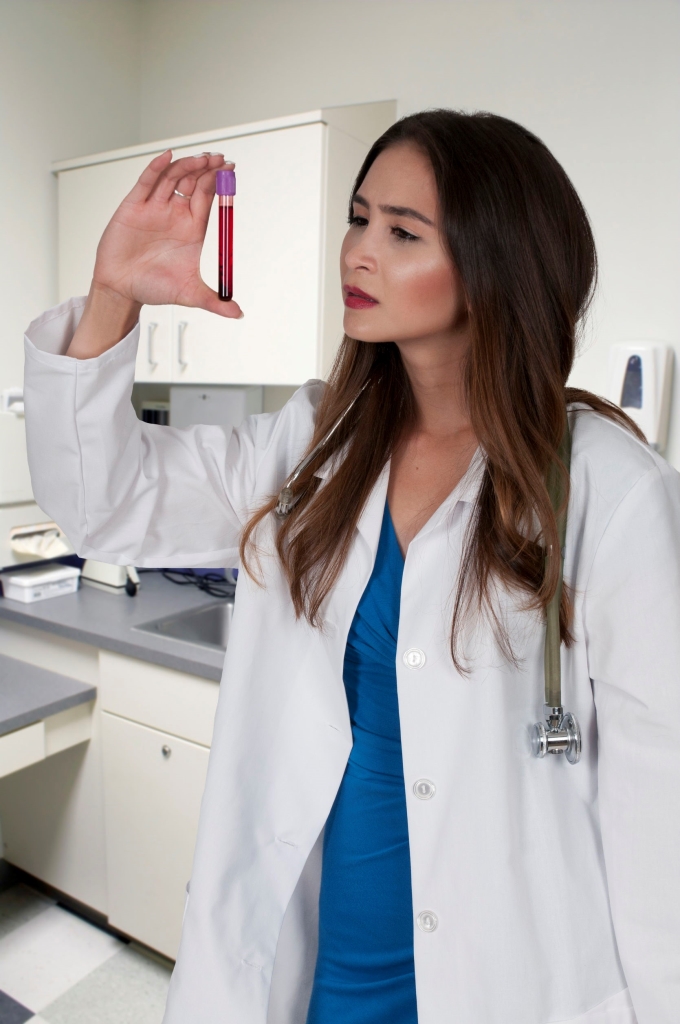Mastering the Art of Blood Collection: A Thorough Guide for Lab phlebotomists
Blood collection is a vital part of patient care and laboratory diagnostics. For lab phlebotomists, mastering this skill is not just about technique; it’s also about building trust with patients. This comprehensive guide is designed to help you enhance yoru blood collection techniques while ensuring patient comfort and safety.
Understanding the Importance of Blood Collection
Blood collection serves multiple purposes in healthcare:
- Diagnosis of diseases
- monitoring of existing health conditions
- Screening for genetic disorders
- Guiding treatment plans
As a phlebotomist, your role in this process is crucial. A prosperous blood draw can lead to accurate test results and better patient outcomes.
Essential Equipment for Blood Collection
Having the right tools is imperative for effective blood collection. Here’s a list of the essential equipment:
- Vacutainer system with various colored tubes
- Needles (21-gauge, 22-gauge)
- Tourniquet
- Alcohol swabs
- Gauze pads or cotton balls
- Adhesive bandages
- Sharps container
Step-by-Step Blood Collection Process
- Planning: Gather all necessary equipment and explain the procedure to the patient.
- Patient Identification: Confirm the patient’s identity using two identifiers.
- Site Selection: Choose an appropriate vein, typically in the antecubital fossa.
- Applying Tourniquet: Place the tourniquet about 3-4 inches above the puncture site.
- Disinfection: Clean the site with an alcohol swab, allowing it to air dry.
- Venipuncture: Insert the needle at a 15-30 degree angle with the bevel facing up.
- Collection: Attach the vacuum tube to the needle and fill it with blood as per protocol.
- Post-collection care: Release the tourniquet, remove the needle, and apply pressure using gauze.
- Disposal: Properly dispose of the needle and other materials in a sharps container.
- Labeling: Label the specimen tubes accurately before sending them for analysis.
Benefits of effective Blood Collection Techniques
Mastering blood collection not only enhances the efficiency of laboratory services but also brings valuable benefits:
- Reduced risk of patient discomfort and anxiety
- Lower incidence of hemolysis and contamination
- Increased patient trust and improved interactions
- Timely and accurate test results, leading to better patient care
Challenges Faced by Phlebotomists
Despite your best efforts, you may encounter several challenges:
- Difficult venous access
- Patient anxiety and fear of needles
- Accidental needle sticks
- Contaminated samples leading to inaccurate results
Equipping yourself with knowledge and experience helps mitigate these difficulties.
Practical Tips for Lab Phlebotomists
Here are some practical tips to improve your blood collection skills:
- Practice empathy. A calming demeanor can help ease patient nerves.
- Stay updated with continuing education to understand new technologies and techniques.
- Attend workshops and simulation training for hands-on experience.
- Review patient medical history for any conditions that may affect blood draw.
Real-life case Studies
Learning from others’ experiences can be very enlightening.Here are two brief case studies:
| Case Study | Challenge Faced | Resolution |
|---|---|---|
| case 1: Pediatric Patient | Severe anxiety leading to multiple unsuccessful attempts. | Incorporated a distraction technique with a parent’s assistance. |
| Case 2: Elderly Patient | Difficult venous access due to small veins. | Used a warmer to dilate veins before puncturing. |
First-hand Experience: My Journey as a Lab Phlebotomist
As a seasoned lab phlebotomist, the most rewarding part of my job is the patient interactions. I remember a day when a young child was terrified of needles. After engaging them in light-hearted conversation about their favorite cartoons, they bravely allowed me to proceed with the blood collection. This experience reinforced the importance of empathy in our profession.
Conclusion
Mastering the art of blood collection is a continuous learning process that requires technical skills, compassion, and adaptability. By incorporating the techniques and tips outlined in this guide, lab phlebotomists can elevate their practice, improve patient experiences, and contribute to accurate diagnostic outcomes. Remember, every blood draw is not just a procedure; it’s a vital step in the patient care continuum.
